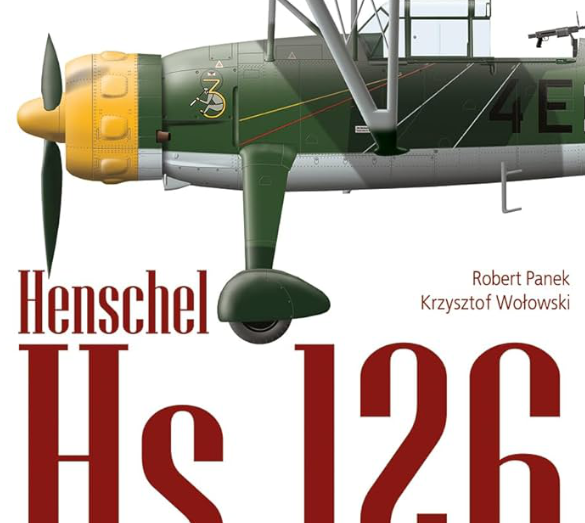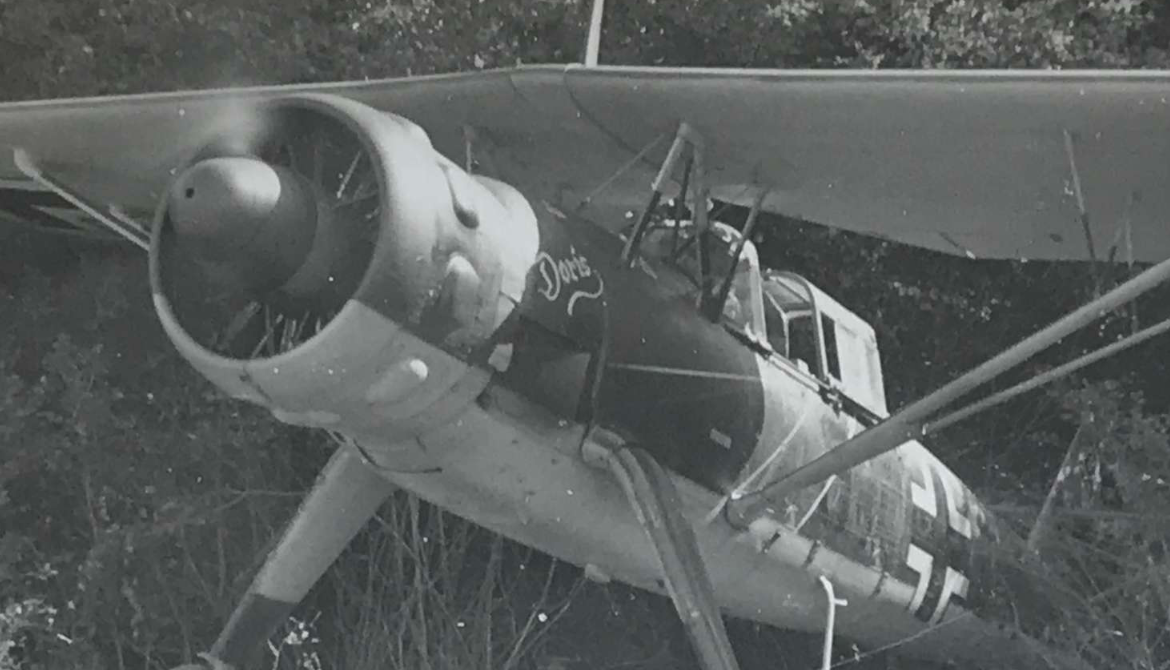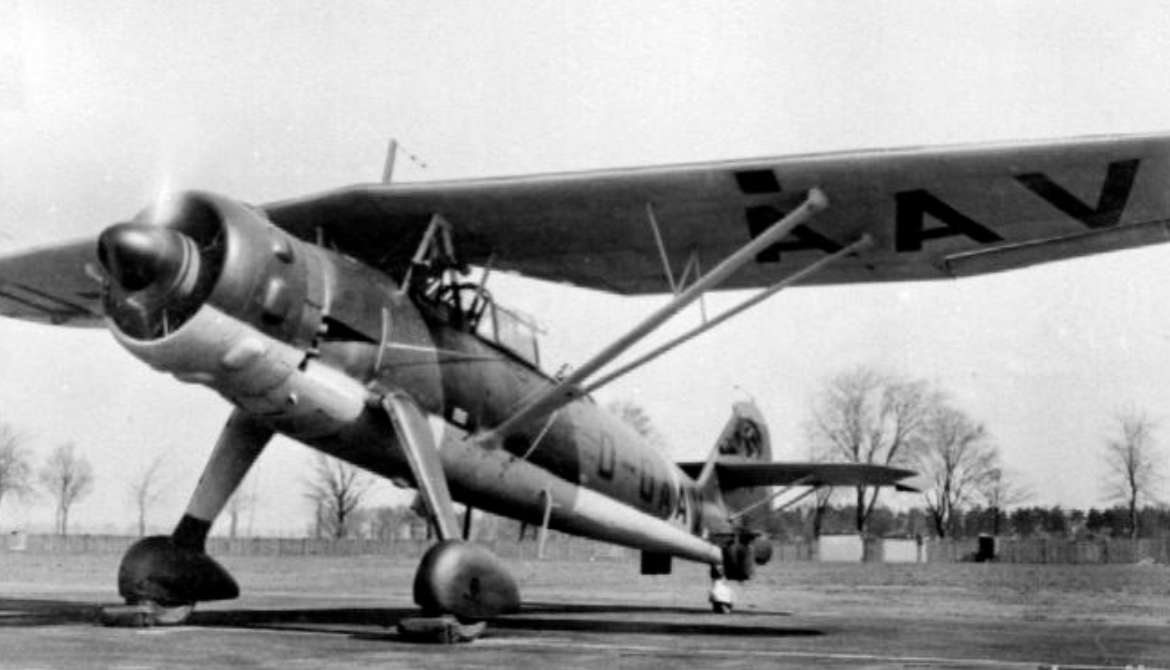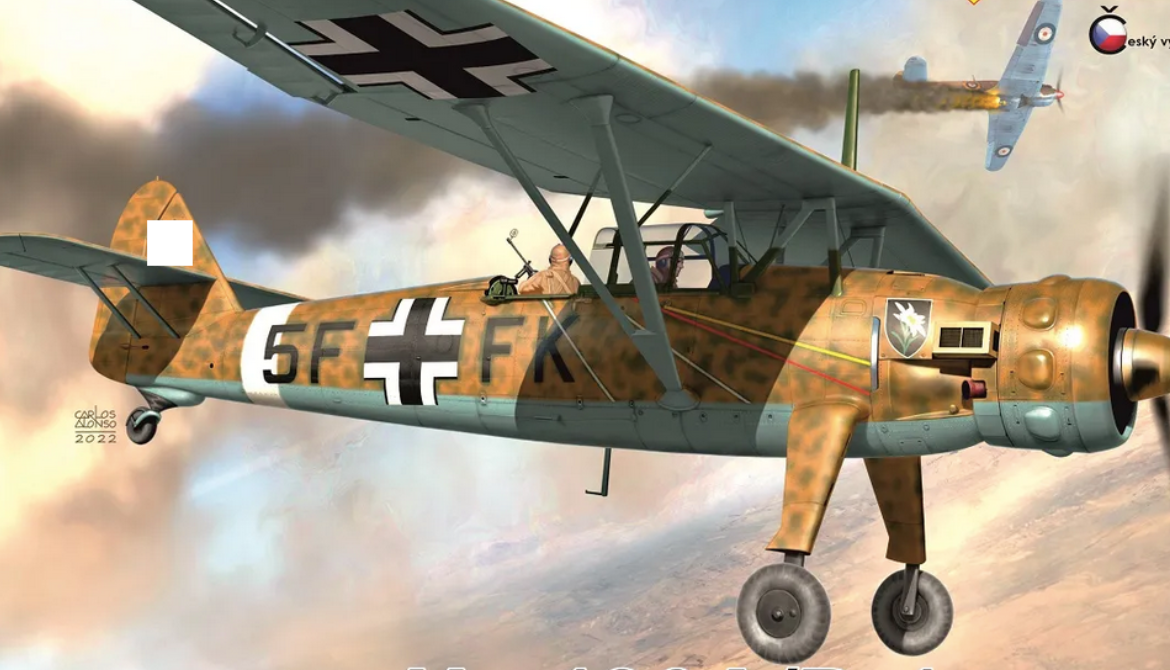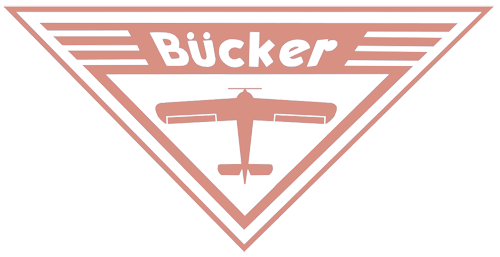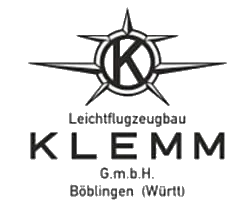Henschel & Sohn
Henschel Hs 126 aircraft
 |
|
| Role | Reconnaissance |
|---|---|
| National origin | Nazi Germany |
| Manufacturer | Henschel, AGO |
| First flight | August 1936 |
| Introduction | 1937 |
| Retired | 1943 |
| Status | Retired |
| Primary users |
Luftwaffe
|
| Produced | 1937–1941 |
.
History Henschel & Sohn,
Henschel-Werke
Henschel Hs 126 observation aircraft

The Henschel Hs 126 was a German two-seat reconnaissance and observation aircraft of World War II that was derived from the Henschel Hs 122. The pilot was seated in a protected cockpit under the parasol wing and the gunner in an open rear cockpit. The prototype aircraft frame was that of a Hs 122A fitted with a Junkers engine. The Hs 126 was well received for its good short takeoff and low-speed characteristics which were needed at the time. It was put into service for a few years, but was soon superseded by the general-purpose, STOL Fieseler Fi 156 Storch and the medium-range Focke-Wulf Fw 189 "flying eye".
Development
The first prototype was not entirely up to Luftwaffe standards; it was followed by two more development planes equipped with different engines. Following the third prototype, ten pre-production planes were built in 1937. The Hs 126 entered service in 1938 after operational evaluation with the Legion Condor contingent to the Spanish Civil War.
Engines

By the time the Hs 126 A-1 joined the Luftwaffe, the re-equipping of reconnaissance formations was already well advanced. By the start of World War II in September 1939, the Hs 126 served with Aufkl.Gr 10, 11, 12, 13, 14, 21, 23, 31, 32 und 41. They were used with great success in the attack on Poland where it proved itself as a reliable observation and liaison aircraft. Its use continued after the end of the Phony War in May 1940. It suffered some losses when intercepted by Allied fighter aircraft: 20 Hs 126s were lost between 10 and 21 May 1940.

Operators
 Estonia
Estonia- Estonian Air Force order canceled due to annexation
0
KmCeiling
0
KmCombat RANGE
0
Km/hAircraft Speed
0
Max Crew
Photo Gallery
Henschel & Sohn, Henschel-Werke
Henschel Hs 126 observation aircraft


Henschel & Sohn, Henschel-Werke
Henschel Hs 126 observation aircraft
Info He-111 H-6
-
-
- Crew: Two (pilot and observer/gunner)
- Length: 10.9 m (35 ft 7 in)
- Wingspan: 14.5 m (47 ft 7 in)
- Height: 3.8 m (12 ft 4 in)
- Wing area: 31.6 m2 (340 ft2)
-
Powerplant
- Empty weight: 2,030 kg (4,480 lb)
- Loaded weight: 3,090 kg (6,820 lb)
- Powerplant: 1× Bramo 323 nine-cylinder radial engine, 625 kW (838 hp) (850 PS)
-
-
Performance
- Maximum speed: 356 km/h at 3,000 m (221 mph at 9,850 ft)
- Range: 998 km (620 mi)
- Service ceiling: 8,530 m
- Rate of climb: 550 m/min (1,800 ft/min)
Armament
-
- 1 × forward-firing 7.92 mm (.312 in) MG 17 machine gun
- 1 × flexible 7.92 mm (.312 in) MG 15 machine gun in the observer/gunner
- Up to 150 kg (330 lb) of bombs
-
-
.
Links to Youtube & Others
The Henschel Hs 126 was a twin-seat parasol wing reconnaissance and observation aircraft designed and produced by the German aircraft manufacturer Henschel.
Henschel & Sohn
Henschel Hs 126 aircraft
The Hs 126 that was derived from the Henschel Hs 122.
Youtube Link
The Hs 126 saw combat on numerous fronts, the first occasion being with theLegion Condor contingent that participated in the Spanish Civil War during thelate 1930s
